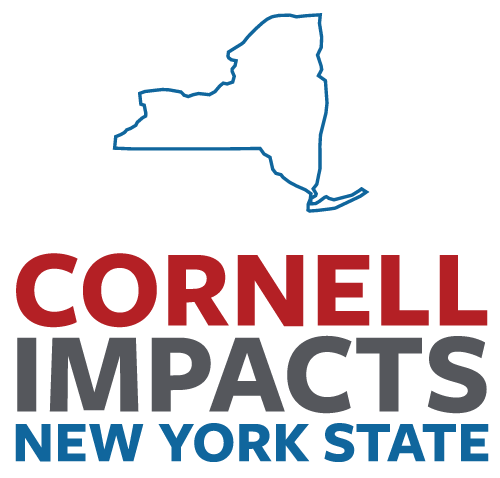New York City's L train, the subway line connecting the boroughs of Manhattan and Brooklyn, has resumed full service following an extensive rehabilitation project that finished six months ahead of schedule and $100 million under budget, thanks in part to Cornell engineers who drastically changed the project's approach.
New York Gov. Andrew Cuomo announced on April 27 the completion of the Canarsie Tunnel rehabilitation project, which repaired the century-old tunnel beneath the East River. Before the project began in April 2019, it was expected to take 15 to 18 months to complete and require a full shutdown of service - affecting thousands of daily commuters - before Cuomo asked the engineering deans of Cornell and Columbia University to tour the tunnel and review the repair plans.
The L Project tunnel rehabilitation plan employed new construction methods and technology, which were recommended by engineering faculty from Cornell, including Dean Lance Collins, and from Columbia University.
For four weeks, Lance Collins, the Joseph Silbert Dean of Engineering, and Tom O'Rourke, the Thomas R. Briggs Professor of Civil and Environmental Engineering, worked tirelessly with other engineers and the Metropolitan Transportation Authority (MTA) to study the original plan and make new recommendations that would ultimately shorten the duration of the project while keeping the L train operational for 90% of the line, which serves 400,000 riders on an average weekday.
"While New Yorkers continue to cope with the devastating impact of COVID-19, the L train project completion is timely proof that when we are confronted with a challenge, we can build back better and stronger - especially when we work together and think outside the box," said Cuomo, who credited the academic team with the project's new direction.
The revised approach included using a structural fiber-reinforced polymer to encase damaged portions of the tunnel, as opposed to demolishing and rebuilding those portions as the original plan had recommended. A cable racking system allowed the tunnel's power and communications sources to remain operational, and a new fiber optic monitoring system was installed to better inspect the structure of the tunnel.
The method of the construction project allowed NYC Transit to continue running subway service in the tunnel so regular weekday commutes of the vast majority of L customers between Manhattan and Brooklyn were not disrupted.
"We are proud to have worked with Gov. Cuomo to find a new way to fix the L train tunnel without having to shut down service," Collins said. "'That's the way it's always been done' is not a reason to maintain the status quo. Kudos to the MTA for delivering this important project ahead of schedule with minimal disruption for riders. We're glad to have played a part."
The team's recommendations not only kept the L train in service but made the tunnel more resilient, according to project engineers. The project decouples power cables from the tunnel's walls so they can remain accessible, instead of buried in cement, and utilizes modern fire-proofed cables like those used in the aerospace industry. Enhanced protections against hurricanes and flooding also were made.
O'Rourke called the success of the project "a demonstration of innovation through integration," and noted that while none of the project's techniques used unproven technologies, the combination of them was a new concept for this type of rehabilitation.
"This is an important contribution for all infrastructure projects," he said. "As we deal with COVID-19, governments will need to kick-start their economies with infrastructure projects. They should learn the lesson of integration from the Canarsie Tunnel."
Syl Kacapyr is public relations and content manager for the College of Engineering.









